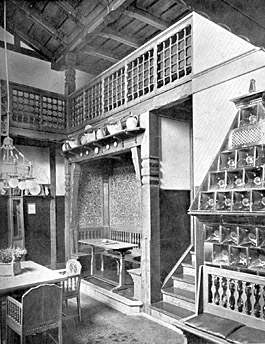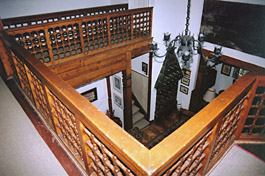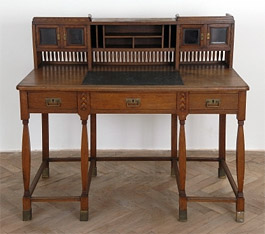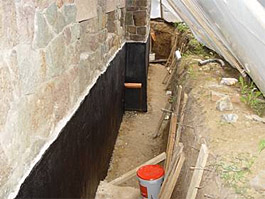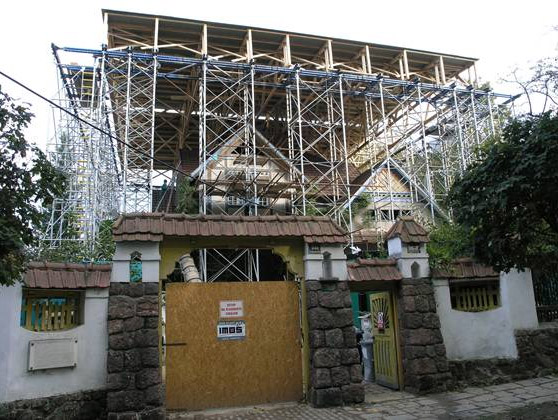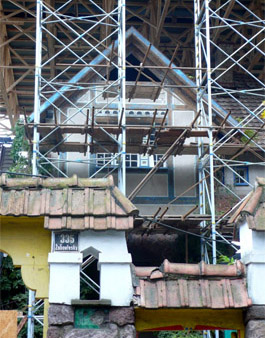 |
The house, built by architect Dušan Jurkovič at the beginning of the last century, was purchased by the Moravian Gallery in Brno, which organized open house days there. However, the opportunity to peek inside the villa was time-limited, as the Moravian Gallery in Brno soon closed the house for extensive renovations.
What modifications are taking place in the villa? What is the Moravian Gallery in Brno's intention with the newly acquired space? And when will it be possible to visit the villa again? The history, but mainly the current state of Dušan Jurkovič's villa, is presented by the curator of MG, Martina Straková.




